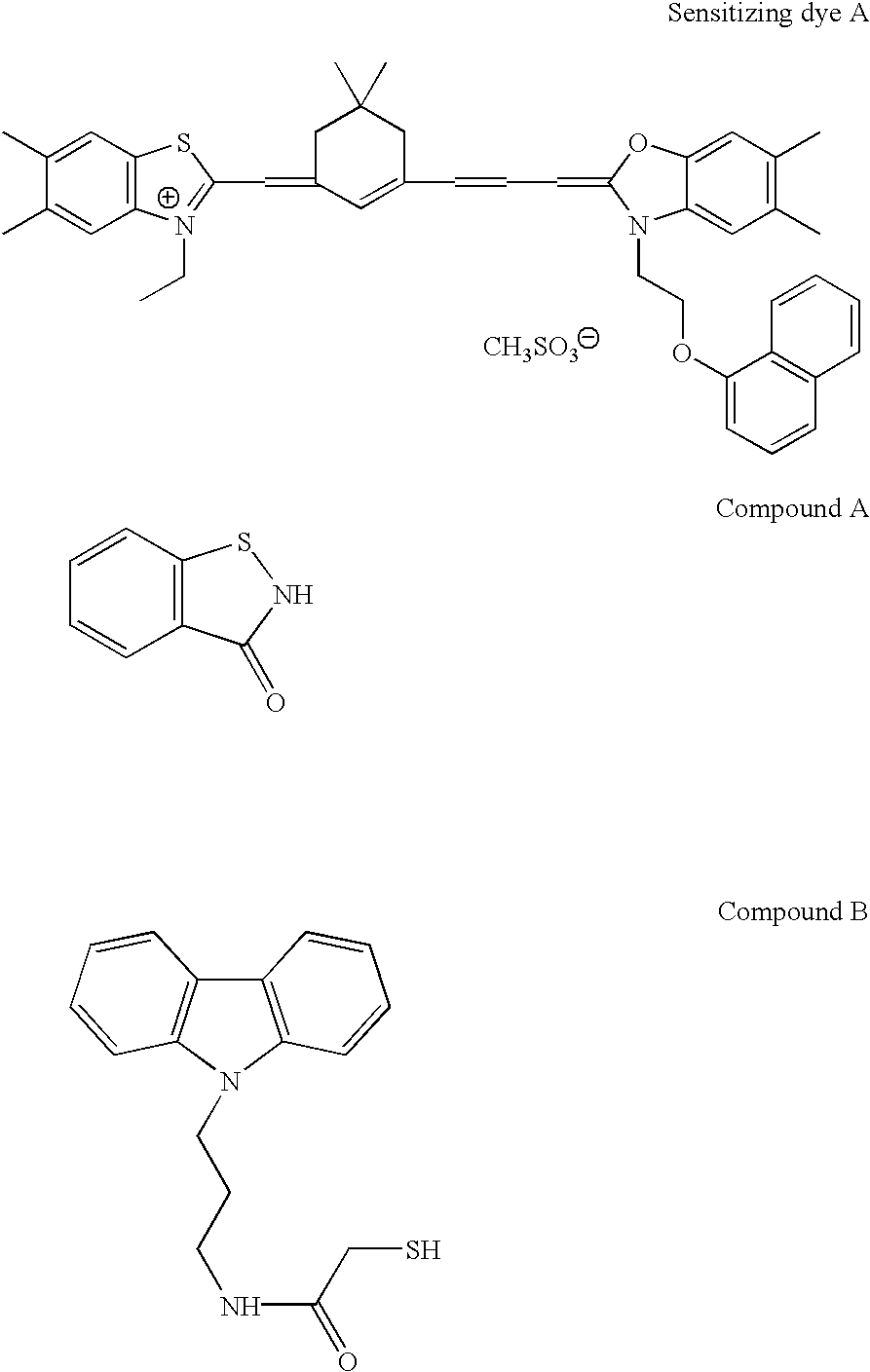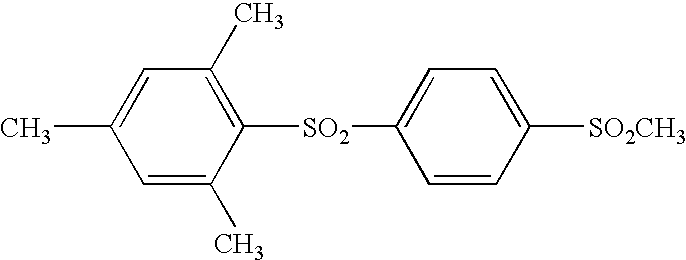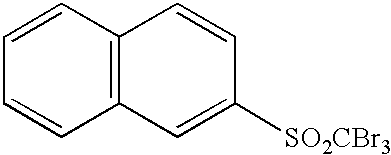Photothermographic material
a technology of photothermographic materials and materials, applied in the field of printing plate making, can solve the problems of storability and performance fluctuation, poor storability before development, and poor photosensitive materials
- Summary
- Abstract
- Description
- Claims
- Application Information
AI Technical Summary
Benefits of technology
Problems solved by technology
Method used
Image
Examples
Embodiment Construction
[0239] The present invention will be further specifically explained with reference to the following examples. The materials, amounts, ratios, types of procedure, orders of procedure and so forth shown in the following examples can be optionally changed so long as such change does not depart from the spirit of the present invention. Therefore, the scope of the present invention is not limited by the following examples.
[0240] >
[0241] In 700 mL of water, 11 g of alkali-treated gelatin (calcium content: 2700 ppm or less), 30 mg of potassium bromide and 1.3 g of sodium 4-methylbenzenesulfonate were dissolved. After the solution was adjusted to pH 6.5 at a temperature of 40.degree. C., 159 mL of an aqueous solution containing 18.6 g of silver nitrate and an aqueous solution containing 1 mol / L of potassium bromide, 5.times.10.sup.-6 mol / L of (NH.sub.4).sub.2RhCl.sub.5 (H.sub.2O) and 2.times.10.sup.-5 mol / L of K.sub.3IrCl.sub.6 were added over 6 minutes and 30 seconds by the controlled doub...
PUM
| Property | Measurement | Unit |
|---|---|---|
| mean grain size | aaaaa | aaaaa |
| wavelength | aaaaa | aaaaa |
| temperature | aaaaa | aaaaa |
Abstract
Description
Claims
Application Information
 Login to View More
Login to View More - R&D
- Intellectual Property
- Life Sciences
- Materials
- Tech Scout
- Unparalleled Data Quality
- Higher Quality Content
- 60% Fewer Hallucinations
Browse by: Latest US Patents, China's latest patents, Technical Efficacy Thesaurus, Application Domain, Technology Topic, Popular Technical Reports.
© 2025 PatSnap. All rights reserved.Legal|Privacy policy|Modern Slavery Act Transparency Statement|Sitemap|About US| Contact US: help@patsnap.com



